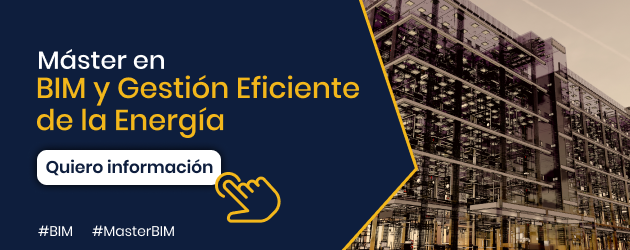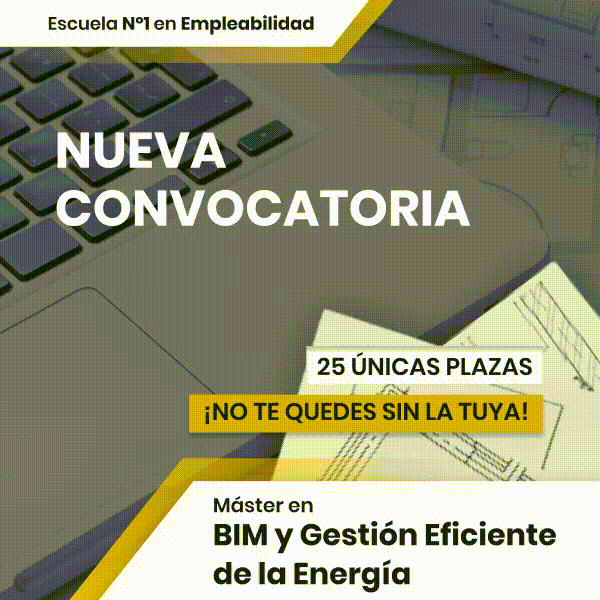Construction is a sector that always needs to innovate to keep up with new technologies and be competitive. Therefore, it is not surprising that this sector is one of those that has adopted new technologies most quickly. Of course, construction has always needed to be flexible to keep pace with new construction and maintenance needs.
Next, we will explain why 3D printing is booming and how it is already being applied in the sector.
What is 3D printing?
3D printing is the process of creating a digital model that can be used to manufacture an object by laying down successive layers of filaments of plastic, metal or other substances. Unlike conventional production methods, in which raw materials are transformed into objects through a series of carefully controlled stages, 3D printing allows an object to be manufactured directly from a digital model. This means that architects, engineers and designers no longer have to produce sketches, models and drawings which are then used to produce the actual building materials.
The digital model is usually created using software. CAD. That model can be used to produce a wide range of materials, from everyday plastics to metals and even food and medicine.
There are many ways to use 3D printing in construction. For example, engineers can use it to produce prototypes of new products or equipment, such as advanced construction materials or accessories used on construction sites. Similarly, architects can use the technology to create models of new buildings or renovations, allowing them to envision new configurations of structures or realistic images of what the building will look like once completed.
Possible uses of 3D printing in the construction sector.
Rapid model development: Construction companies can use 3D printing to quickly create models of new construction fixtures or products. These models can be used to make production decisions, such as deciding what materials to use to produce a new building model. In this way, the ability to quickly produce digital models can lead to more efficient production decisions that can save construction companies time and money.
Model maintenance: With the ability to produce models that can be maintained and updated, architects, engineers and construction companies can maintain accurate models of new projects. This can help reduce errors and ensure that the construction process conforms to approved plans.
Production of physical prototypes: In some cases, companies may want to produce physical prototypes of new products or building construction. That can be difficult to do with conventional methods, but 3D printing allows for the production of physical models that can be used to create product samples or models that can be tested for durability.
Investigation and development: Many companies have realized that digital models created with 3D printers can also be used for research and development. That can help engineers and researchers quickly test new designs or create visualizations of new products.
You may be interested: «Steel and concrete, concrete and steel. The paradox of the structuralist
Why is construction so interested in additive manufacturing?
Construction companies are always looking for ways to reduce costs and remain competitive. The implementation of this technology offers greater precision, greater speed for building construction and lower labor costs.
Another of the greatest advantages of using 3D technology and printing in construction has to do with the reduction of construction time. Without a doubt, this greatly benefits companies, since they can build houses and buildings in the shortest time possible, lowering their price. A house of just a few square meters can now be built in about 24 hours.
From an environmental point of view, additive manufacturing also offers advantages over the current construction model, since it makes better use of resources on site and can use sustainable and recyclable materials to build homes.

































